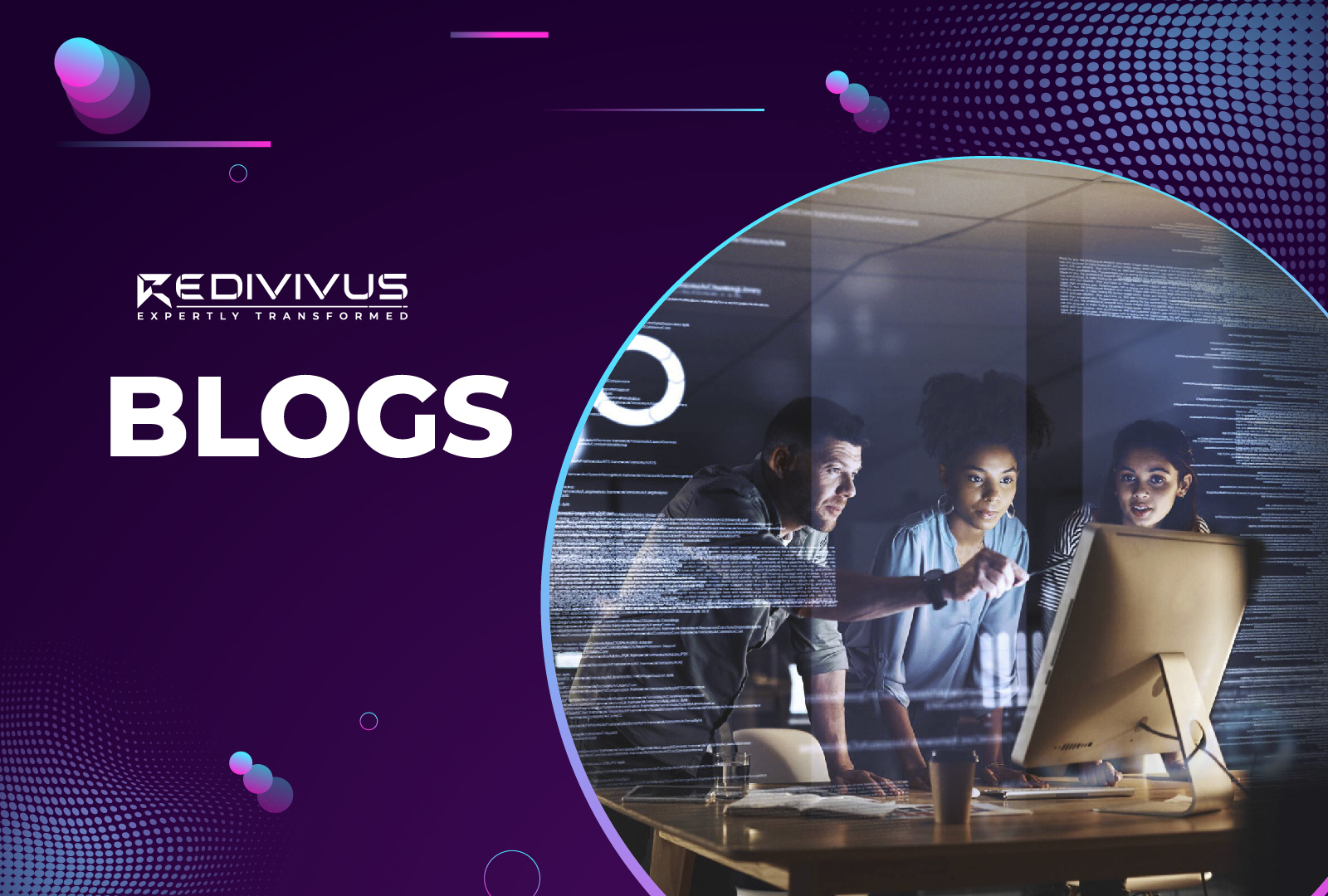
Facing hurdles in the modernization journey? Learn how to address common challenges and ensure a smooth transition.
Smooth Transition: Overcoming Challenges in Java Applications Modernization
Embarking on a modernization journey can be daunting, but with the right frameworks and strategies, overcoming challenges is within reach. Address common concerns associated with Java applications modernization such as legacy code, outdated dependencies, and resistance to change. Gain practical tips for a smooth transition to Spring, Spring Boot, Hibernate, and other modern frameworks.
Modernizing legacy applications is a complex process that comes with its own set of challenges. Overcoming these challenges requires careful planning, collaboration, and the right strategies. Here are some of the best ways to address common modernization challenges:
- Comprehensive Assessment:
Challenge: Lack of understanding of the existing system’s complexity and dependencies.
Solution: Conduct a thorough assessment of the legacy application, including its architecture, codebase, and dependencies. This provides a clear picture of what needs to be modernized and helps in devising an effective strategy. - Engage Stakeholders:
Challenge: Resistance to change from stakeholders or end-users.
Solution: Involve key stakeholders from the beginning. Communicate the benefits of modernization, address concerns, and ensure that end-users are part of the decision-making process. Transparency and involvement build support for the modernization effort. - Incremental Modernization:
Challenge: Fear of disrupting business operations during the modernization process.
Solution: Adopt an incremental approach. Break down the modernization into smaller, manageable phases, allowing for continuous delivery of updates without significant disruptions. This minimizes risks and ensures that critical business functions remain operational. - Prioritize Key Functionality:
Challenge: Identifying which components or functionalities to modernize first.
Solution: Prioritize critical business functions or modules that have the highest impact. This can lead to quick wins and demonstrate the benefits of modernization early on, gaining support and momentum for the overall project. - Use Modern Technologies and Tools:
Challenge: Outdated tools and technologies hindering the modernization process.
Solution: Adopt modern development tools, frameworks, and technologies that align with current best practices. This ensures that the modernized application is more maintainable, scalable, and compatible with current industry standards. - Training and Skill Development:
Challenge: Lack of skills and expertise in modern technologies among the development team.
Solution: Invest in training and upskilling programs for the development team. This not only equips them with the knowledge needed for modernization but also boosts morale and confidence in handling the new technologies. - Automated Testing:
Challenge: Testing legacy systems can be time-consuming and error-prone.
Solution: Implement automated testing processes. This ensures that changes introduced during modernization are thoroughly tested, reducing the risk of introducing defects into the system. Continuous integration and continuous testing are key components of this approach. - Data Migration Strategies:
Challenge: Migrating data from legacy systems without data loss or inconsistencies.
Solution: Develop a robust data migration strategy. This involves thorough planning, validation, and testing to ensure a smooth transition of data. Conduct pilot migrations to identify and address any potential issues. - Security Measures:
Challenge: Addressing security vulnerabilities in legacy systems.
Solution: Prioritize security throughout the modernization process. Implement the latest security practices, conduct thorough security assessments, and ensure that the modernized application complies with industry standards and regulations. - Document and Communicate:
Challenge: Lack of documentation leading to a loss of institutional knowledge.
Solution: Document the entire modernization process, including decisions made, challenges faced, and solutions implemented. This documentation becomes a valuable resource for future maintenance and ensures that knowledge is retained within the organization. - Continuous Monitoring and Optimization:
Challenge: Ensuring that the modernized system continues to perform optimally over time.
Solution: Implement continuous monitoring tools to track the performance of the modernized application. Regularly analyze the system’s performance and make optimizations as needed to ensure ongoing efficiency. - Cultural Change:
Challenge: Resistance to a cultural shift towards modern development practices.
Solution: Foster a culture of continuous improvement and adaptability. Encourage collaboration, innovation, and a mindset that embraces change. This cultural shift is essential for the long-term success of the modernization effort.
Addressing these challenges requires a holistic approach, combining technical expertise, effective communication, and a commitment to continuous improvement. It’s important to recognize that modernization is an ongoing process, and organizations should be prepared to adapt and evolve as technology and business needs change over time.

